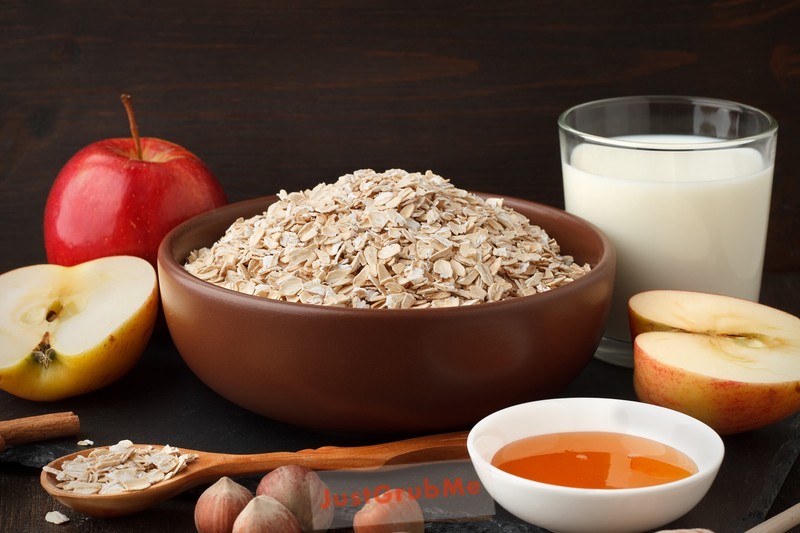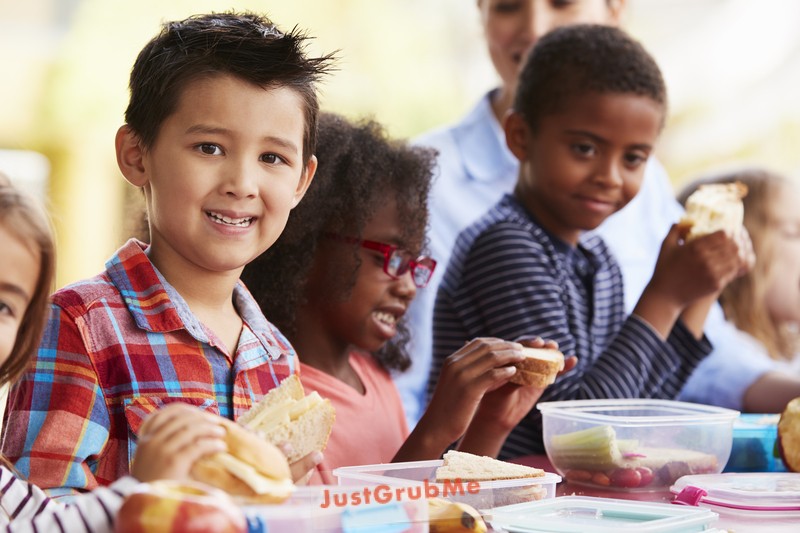Preparing School Lunches for the Week
Preparing lunches for the week is one of the most time-consuming and stressful tasks for parents in many schools. So many other things need to be done during that time, from homework to transporting kids back and forth from school and the family car. For these reasons, finding time in a busy schedule can be challenging to prepare nutritious and appealing meals.
Due to time constraints, many parents turn to convenience foods for a quick lunch. Quick lunches can be simple and inexpensive (such as sandwiches with a mix of cold meat, cheese, and mayo) or more elaborate with foods prepared in advance (such as leftovers from dinner). However, quick meals are not enough when preparing a nutritious, appealing lunch that meets the school’s criteria for proper nutritional choices and serving sizes.
Parents should also ensure that their children have a balanced snack before leaving for school. A good idea is to pack fruit snacks or other healthy snacks for on-the-go breakfasts. It is also suitable for children to start the day with a balanced breakfast.

Popular Ingredients You Can Find in Your Local US Grocery Store.
- Fat-free milk and fat-free yogurt:
Milk is essential for the body to produce and maintain healthy skin, hair and bones. Milk also contains beneficial nutrients that help to boost immunity and improve brain development. Many countries recommend a minimum of 2 cups of milk per day, while others encourage the consumption of 4 cups per day or more. [United States: 2 cups/1% dairy products]
- Whole grain corn flakes:
These cereals are one of the most popular breakfast cereals in America, with many schools recommending them as a part of an adequate breakfast for children. They are also a great source of antioxidants that protect the body against free radicals. [US: 1 cup]
- Fresh fruit and vegetables:
While most children would rather have candy or snack food for a snack, fresh fruits and vegetables are essential to provide many essential nutrients such as vitamins A, B, C, and K. Fruits, in particular, contain flavonoids (antioxidants) and fiber that helps to prevent heart disease and cancer. [US: 1/2 cup]
Tips or Ideas While Planning.
Planning is the first step to a successful lunch. Keep a running list of foods your children like, and cook a little extra so lunches are easy to prepare.
- Cook more than you need:
Cook in quantity and freeze the leftovers for use on another day or for another meal. Leftovers can be used creatively in lunches. For example, sandwiches can be made using French bread instead of buns, and incorporating leftover meats and cheeses from the previous night’s dinner will keep overall prices down while reducing the number of items that must be purchased each time you shop for food for lunch.
- Plan ahead:
Putting leftovers from dinner into a lunchbox is attractive but requires planning. For example, if you make pasta for dinner, you may want to create a mac and cheese meal for lunch the next day. If you make grilled chicken for dinner, you may want to prepare an egg salad the next day.
- Plan your menu:
Use your child’s favorite foods as inspiration when planning your children’s lunches. It will help reduce stress and keep everyone happier while eating a nutritious lunch daily.

Preparing school lunches for the week
- Shopping:
Here’s something to remember: everything children need for lunches can be purchased at the grocery store. You don’t have to go to a specialty market or another city for food. Many areas now have convenient grocery stores in the center of town, so gathering what you need for a good lunch is easy.
- Preparing:
Preparing recipes regularly is essential to maintaining healthy eating habits, whether daily or only twice per week. Most families prepare recipes at home before heading out the door each day and let their children eat what they want (provided they eat enough).
- Storing:
Some foods, such as fruits and vegetables, should be kept in the refrigerator. Other food items, such as sandwiches, must be stored at room temperature. Of course, you should follow the instructions on the packaging of every item you buy to ensure that it is safe and suitable for storage and consumption.
- Serving:
Try to provide a balanced meal with each lunch, including protein and vegetables. Various approaches can be taken to ensure this is done, including preparing two sandwiches instead of 3 or making two slices of pizza instead of 3. Serving sizes are essential when planning meals for lunches and dinner at home.
- Alternatives:
Your family’s approach to planning lunches is entirely up to you. Some families like homemade lunches, some prefer boxed lunches, and others prefer the convenience of processed lunch items from the grocery store or a fast food restaurant.
- Variety:
Variety is essential to an adequate diet, especially for growing children with varying nutritional needs. To ensure that your child can meet these needs, plan meals that include a variety of foods from each food group so that you meet all your child’s nutritional requirements without having to purchase a variety of pre-packaged foods or expensive snacks from the grocery store. As you plan meals for the week, consider both the benefits and drawbacks associated with different approaches to packing lunches, including homemade versus convenience foods.
- Expectations:
Expect to have some failures when making lunches for schools and work. It is a good idea to have a variety of backup foods on hand, such as snacks, in case you cannot prepare lunch as planned. Be sure to have some variety in these backup foods and snacks, so your child gets a good balance of nutrition from each food group. If you can afford it, try choosing single-serve items such as banana bread or muffins. These are healthier for kids than packaged cookies, candies, and the like.
Lunches can be an essential part of an overall healthy diet for children. They are also an important part of the meals children eat for dinner and other weekly meals. Because lunches provide many nutrients, including protein, iron, and calcium, children should ensure they eat a balanced diet that provides adequate vitamins and minerals. If children do not get enough vitamins during the day, they may not have sufficient nutrition to fuel them through the night and prepare for school in the morning.

